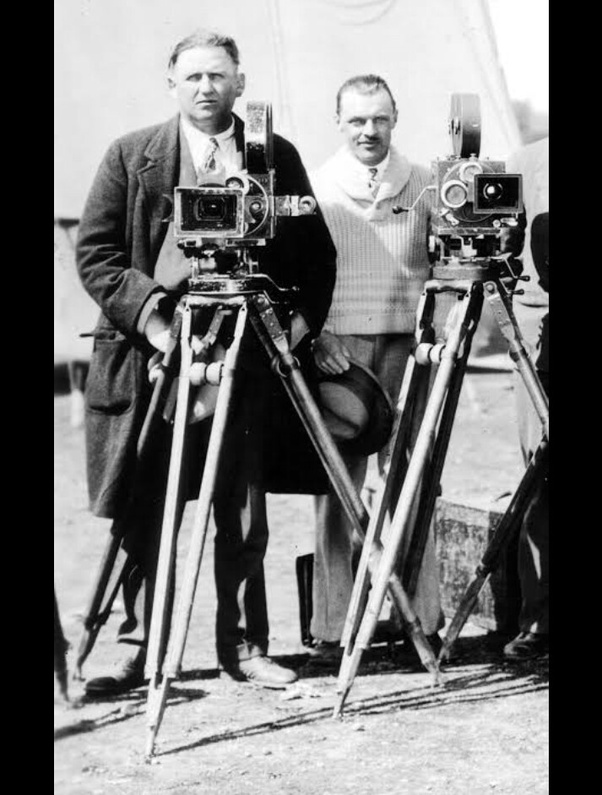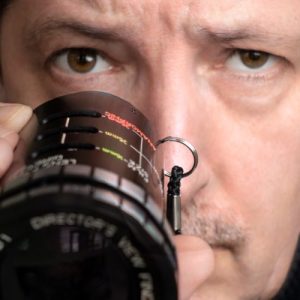A Brief History of Cinematography
a-brief-history-of-cinematography-for-todays-creatives
The history of cinematography began in the late 1880s, when people began combining multiple consecutive photos to create the illusion of a motion picture. The earliest surviving motion picture is the “Roundhay Garden Scene,” which was created in 1888 and is just 2.11 seconds long.
However, the invention of cinematography is often credited to Louis and Auguste Lumière, who created the first motion-picture apparatus—a camera and projector—which was first used publicly in 1895.
From there, film evolved rapidly in the early 20th century. The early years of narrative film were characterized by experimentation and exploration as filmmakers strived to develop a visual language for storytelling despite technical limitations, like the absence of sound before 1929. Early innovators like Edwin S. Porter (The Great Train Robbery, 1902) and George Méliès (A Trip to the Moon, 1903) were among the first to realize film’s potential but tended to handle most aspects of filmmaking on their own without the benefit of full creative collaborators.Film’s first great leap forward arrived with the creative partnership between director D. W. Griffith and cinematographer Billy Bitzer. The duo worked together from 1908 to 1924 and made nearly 500 films. They are credited with originating essential film techniques including the close-up, fade-out, soft focus, and backlighting.
Working together on films like Intolerance and The Birth of a Nation (which rightly inspired a century’s worth of public outrage for its heroic depiction of the Ku Klux Klan), Griffith and Bitzer transformed the medium into an expressive art form. So symbiotic and complete was their partnership that historians have a hard time separating their individual contributions to the craft, but there’s no arguing that they played a key role in the early evolution of film.
https://www.skillshare.com/blog/a-brief-history-of-cinematography-for-todays-creatives/




